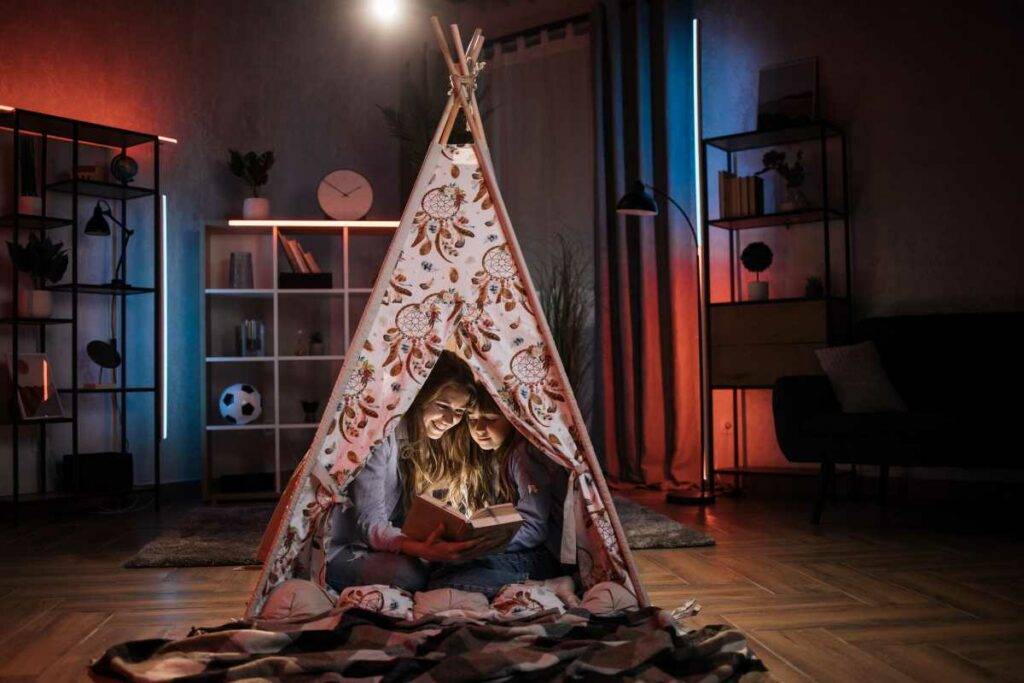Creating a den is an opportunity to design a space that’s uniquely yours, a sanctuary within your home where you can relax, work, or enjoy quality time with loved ones. As an interior designer, I’ve had the privilege of helping clients turn ordinary rooms into extraordinary dens, each with its own personality and charm. Here are my insights on how to create a den that’s not just functional, but also a reflection of you.
Den Ideas For Home
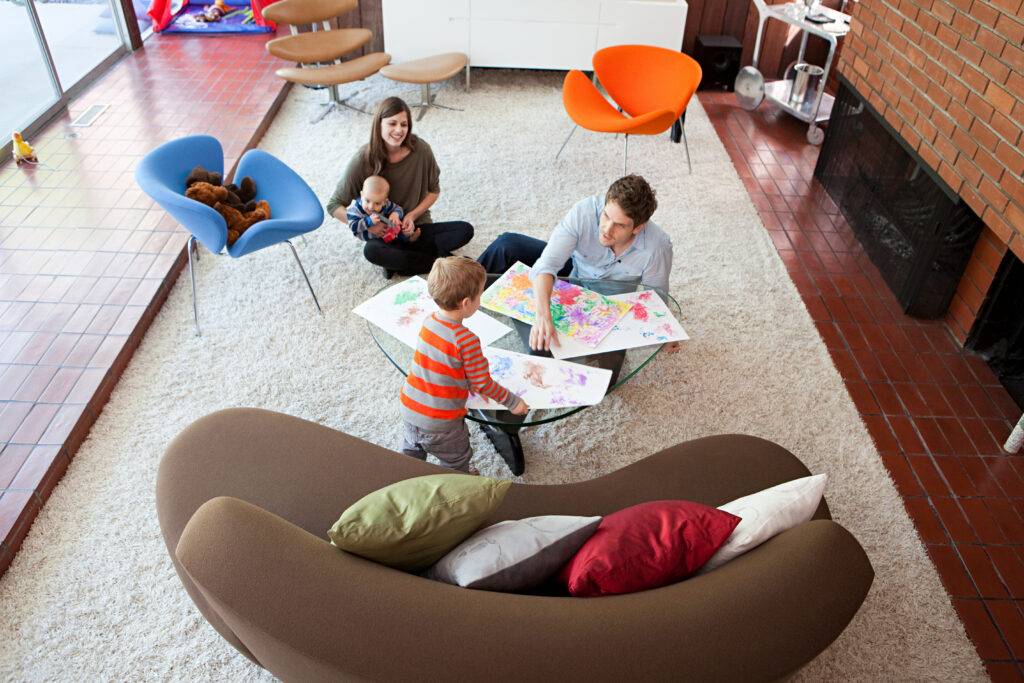
What you need to start with is a purpose that you want to fulfill in that space, So let’s start with that.
Determine Your Den’s Purpose
The first step in creating a den is deciding what role it will play in your life. A “den” can refer to several types of rooms or spaces depending on the context. Here are some synonyms for “den” when referring to a room in a house, often used as a private, comfortable retreat or a family room:
- Study
- Retreat
- Rumpus
- Snug
- Hideaway
- Lounge
- Small Library
- Sitting room
- Family room
- Man cave
- Recreation room
Are you looking for a cozy reading nook, a home office, or a family gathering spot? Each purpose requires a different approach to design, furniture, and layout. I worked with a client who wanted a multipurpose den for family movie nights, with enough flexibility for occasional work-from-home days. The key was finding the right balance between comfort and functionality.
Choose Multi-Functional Furniture
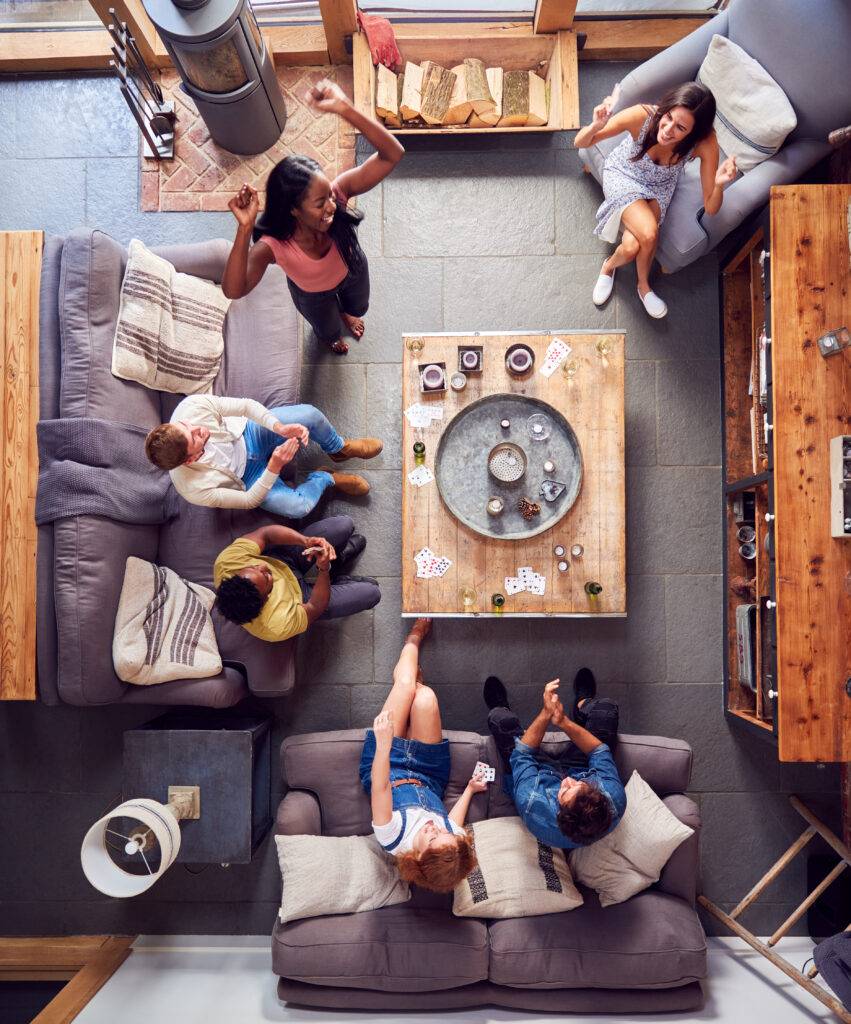
In dens, especially those with limited space, multi-functional furniture is your best friend. It allows you to maximize the utility of the room without overcrowding it. For the family movie den, I suggested a large sectional sofa with a pull-out bed. It provided ample seating for movie nights and doubled as a guest bed when needed. The Ottomans had storage compartments for blankets and remote controls, keeping clutter to a minimum.
For a client who needed a home office within their den, we used a desk with built-in storage and a compact office chair. The desk had a fold-out section for additional workspace, which could be tucked away when not in use. This approach allowed for a clean, uncluttered look while still offering the functionality needed for work.
Design a Functional Layout
A well-thought-out layout is crucial for a successful den. It should flow naturally and accommodate different activities without feeling cramped. I often start by considering how people will move through the space. For the movie den, I arranged the furniture to create an open path from the entrance to the seating area, with the TV mounted on the wall to save floor space. The sectional sofa was positioned to face the TV, with additional seating options on the sides for flexibility.
In a home office den, I recommend placing the desk near a window to take advantage of natural light. This not only improves visibility but also creates a more pleasant work environment. Make sure there’s enough space for storage, whether it’s shelves, cabinets, or baskets, to keep the workspace tidy and efficient.
Use Lighting to Set the Mood
Lighting plays a significant role in setting the mood in a den. I like to use a combination of overhead lighting, task lighting, and ambient lighting. For the movie den, dimmable overhead lights were a must, allowing the family to adjust the brightness based on their activity. We also added a couple of table lamps for a softer glow, perfect for when they just want to relax and unwind.
In a home office den, task lighting is essential. A good desk lamp with adjustable brightness helps reduce eye strain during long work sessions. I also like to include a floor lamp or wall sconce to add ambiance and make the space feel cozier. Proper lighting can transform a den from a simple room to a welcoming retreat.
You can also start up with small home decor ideas
Incorporate Color and Texture
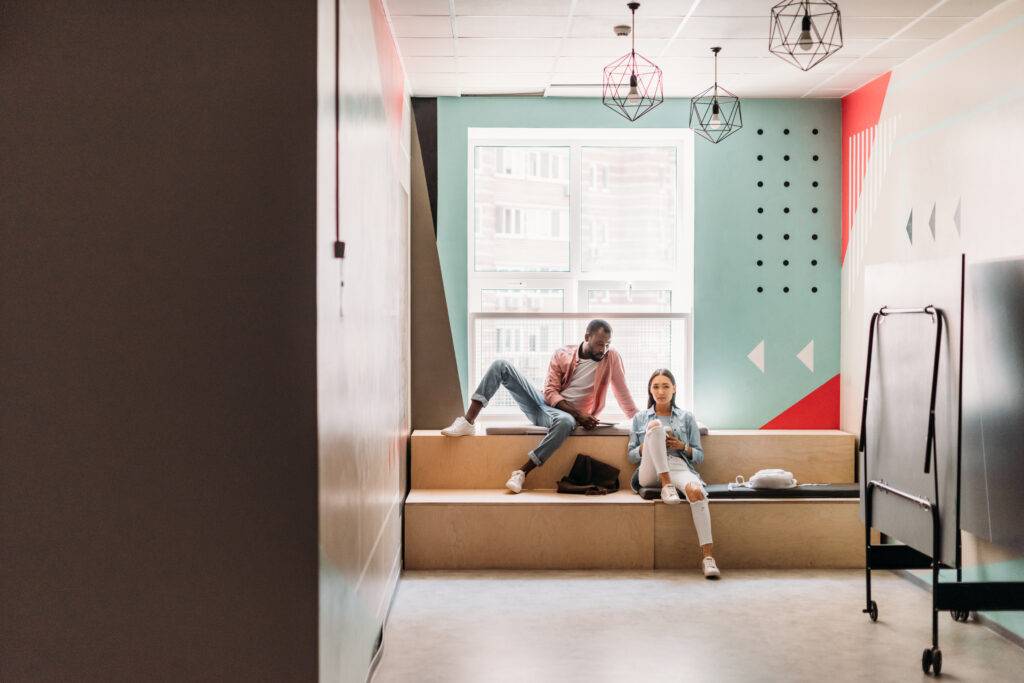
Color and texture can bring life to a den, making it feel warm and inviting. I usually recommend neutral tones for walls and larger furniture pieces, allowing you to add pops of color through accessories like throw pillows, rugs, and artwork. In the movie den, we used soft gray walls to create a calm backdrop, then added vibrant cushions and a patterned rug for a touch of personality. The different textures from the rug and cushions added depth without overwhelming the space.
For a home office den, I suggest keeping the color palette light to create a more open and airy feel. Soft blues, greens, or light grays work well. You can add texture through woven baskets, fabric-covered storage bins, or even a plush throw blanket draped over a chair. This approach ensures the den feels inviting and stylish without becoming too busy.
Create Zones for Different Activities
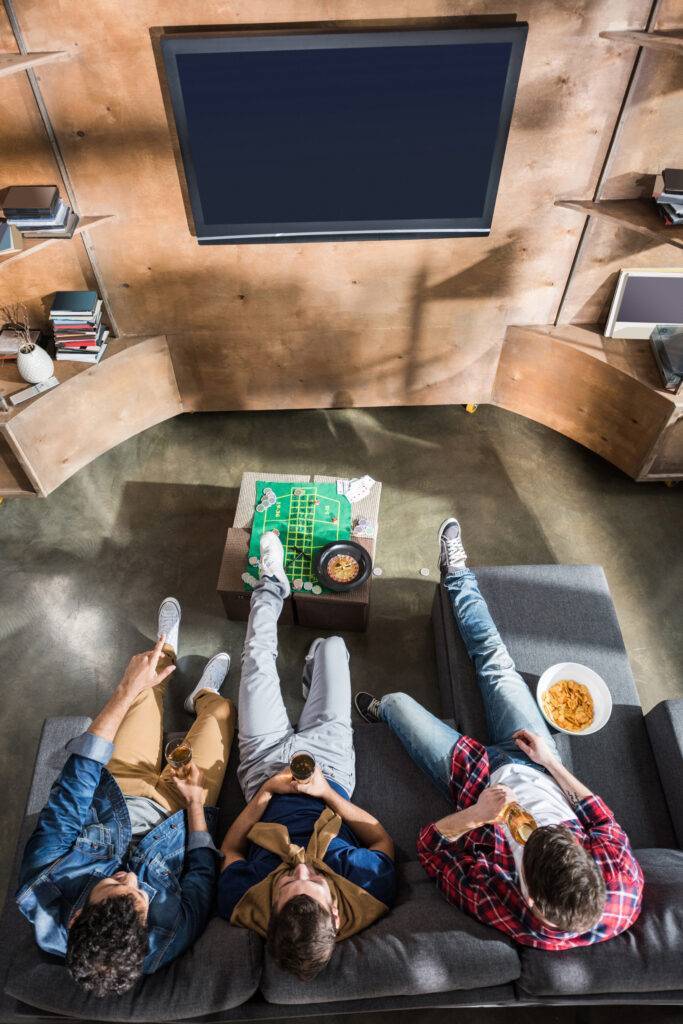
If your den will serve multiple purposes, creating distinct zones can help organize the space. This is especially important in open-plan homes or smaller dens where one area might need to serve several functions. In the movie den, we used a large area rug to define the seating area, creating a clear boundary between the entertainment space and the rest of the room. This simple trick can make a den feel more structured and intentional.
In a home office den, I recommend a similar approach. Use a small rug under the desk to create a defined workspace, and keep the rest of the room open for other activities. If you’re tight on space, consider using a folding screen or a bookshelf to create a visual separation between different zones. This can help maintain focus during work hours while still allowing for a relaxing atmosphere.
What type of furniture is best for a den?
Multi-functional furniture is ideal for dens, especially if space is limited. Look for pieces like sectional sofas with pull-out beds, ottomans with storage, or desks with built-in compartments. These items offer flexibility and can adapt to different needs, whether you’re relaxing, working, or hosting guests.
How can I make my den feel more spacious?
To make a den feel more spacious, focus on light colors, proper lighting, and a clutter-free environment. Lighter shades on walls and furniture create a sense of openness, while mirrors and natural light sources can enhance the feeling of space. Keep the room organized and use multi-functional furniture to maximize utility without overcrowding.
What is the best way to add personality to a den?
Adding personality to a den can be achieved through decorative accessories, artwork, and personal touches. Choose items that reflect your style and interests, such as unique artwork, family photos, or travel souvenirs. Adding plants or greenery can also bring life to the room. The key is to keep it balanced and avoid cluttering the space with too many decorations.
How do I create a comfortable environment in a den?
Comfort in a den starts with choosing the right furniture. Look for plush sofas, cushioned armchairs, and cozy throws. Incorporate soft lighting to create a warm ambiance, and use rugs or carpeting to add texture and warmth. Make sure the layout allows for easy movement and provides enough space for relaxation or activities. A comfortable environment is all about creating a space where you can feel at ease and enjoy your time.
